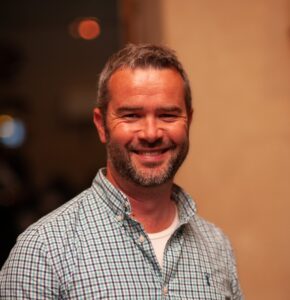May 2023 marks the start of a new EU-funded project, SUBMERSE (SUBMarine cablEs for ReSearch and Exploration), which aims to utilise existing submarine cables already used by the research and education networking community, to monitor the Earth and its systems. By utilising existing equipment and infrastructure in a new way, the project not only avoids the need for extra hardware under the sea, but also improves the return on investment by enhancing and widening its use.

The background
Over the past five years, national seismic and oceanographic infrastructures, together with NRENs, and partners from universities, research institutes, and industry in parts of Europe have pioneered techniques to use submarine optical fibres to monitor the Earth and its systems. The methods and technologies used vary. However, two techniques show promise in the detail and scalability of their deployment: Distributed Acoustic Sensing (DAS) and State of Polarisation (SoP). The geographic locations where experiments have taken place, the length of experiments, the types of technologies used, and technological readiness levels of those technologies used also vary substantially from country to country.
The level of technological development and cooperation between infrastructures associated with this field is now mature enough to aim for the next paradigm change: making data available from continuous observations on multiple existing submarine optical fibre telecommunication cables, using a standardised technological configuration, at a continental scale, available to the wider scientific community, civil society, and industry.
The SUBMERSE project seeks to create and deliver a pilot activity which would serve as a blueprint for continuous monitoring upon many more cables in the future, which would lead to the opening of new market opportunities and the demonstration of methods to maximise the investments in research infrastructures, by using the by-products of their operations for the purposes of new scientific research. This would lead to the integration of established regional and national research infrastructures, thereby enabling world-class European research not possible before.
New beginnings
The project held its kick-off meeting in early May, welcoming all partners to meet, discuss objectives and approaches, and plan work areas. Follow up meetings for each work package were then held during TNC23, where the SUBMERSE project and related technologies discussed at the SENSEational Networking session on Thursday 8 June, 14:00-15:30.
SUBMERSE Project Coordinator, Carmela Asero of EFIS, adds
“All partners are pleased to begin work on this exciting project. We have an opportunity here to do something really quite amazing, making use of existing infrastructure to provide a world of new data and, together with the research communities making use of this data, potentially new discoveries!”
SUBMERSE is funded by the European Union.
This article is featured on CONNECT43! Read or download the full magazine here







